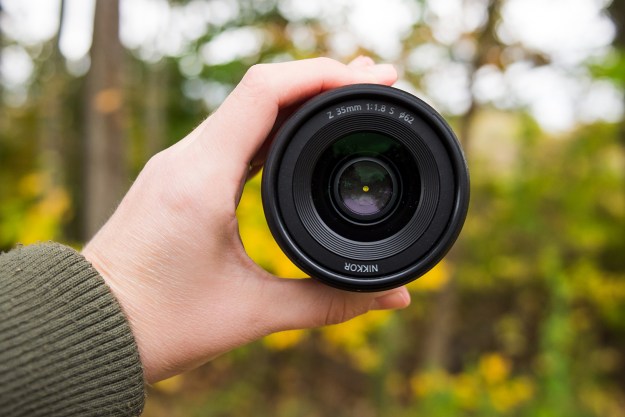The NPD Group, a leading market research firm, is forecasting the market for digital cameras in the United States will reach a record-breaking 29.5 million units during 2006, accounting for almost $6.8 billion in revenue. The predicted figures would represent an eight percent increase in revenue and a 17 percent increase in unit sales compared to 2005. The findings are published in NPD’s Market Outlook report.
According to the report, point-and-shoot digital cameras accounted for 73 percent of the 2005 digital camera market in terms of revenue, and are expected to generate $5 billion in revenue during 2005, while simultaneously unit sales of point-and-shoot digicams are expected to surpass 27 million units during 2006, a 16 percent increase over 2005. The higher-end digital SLR segment of the market is smaller, but NPD is still expecting growth during 2006. According to NPD digital SLR sales in the United States should reach $1.7 billion (a seven percent increase over 2005) with unit sales growing 54 percent to $1.8 billion.
Looking further ahead, NPD expects sales of point-and-shoot digital cameras to peak in 2007, but the point-and-shoot format should still be the dominant digital camera technology, accounting for over 70 percent of the market revenue (and over 90 percent of unit sales) through 2008, with a dip under 70 percent of market revenue in 2009 and 2010. NPD expects the average price of point-and-shoot digital cameras to decline roughly 7 percent in 2006 to $182, but to stay close to that price point all the way through 2010.
The future market for digital SLRs in the U.S. looks a little less static: according to NPD, digital SLRs should account for 11 percent of unit sales by 2010 and just over one-third of the market’s total revenue. Average sale prices of digital SLRs will continue to decline through 2010, dropping almost 30 percent to $942 in 2006 alone, then declining to around $737 by 2010.
Editors' Recommendations
- Nikon sale: Get up to $700 off select Nikon cameras and lenses
- 5 reasons I love the Leica M11 camera and 5 reasons I don’t
- Best Memorial Day camera deals and sales for 2021
- The best point-and-shoot cameras
- The best digital cameras


